
What’s Trending in Marketing
Keeping up with what’s trending in marketing is an important way to ensure that your marketing efforts remain up to date. Not to mention that they can provide insight into how you can adjust your marketing strategies in order to improve your results. The only problem is that keeping up with what’s trending in marketing can be quite a challenge seeing as how the online marketing landscape seems to always be shifting.
The following are a collection of articles that we have curated from some of the most notable marketing blogs on the web highlighting recent marketing trends that we think you should be aware of:
1. Noteworthy Marketing News and Trends
The power of podcasting: How to boost your reputation and search engine rankings
Podcasts have exploded in popularity over the past five years, taking on the position that radio once had in our lives. As you can imagine, there’s a lot of opportunity for marketing using podcasts as a result. A recent article about podcasts published on Search Engine Land recommends establishing yourself as an authority within your field through the creation of webinars, video content, a social media presence and more. This helps build credibility so that you’ll have a better chance at being invited onto a podcast. Once you’ve built a name for yourself, you’ll want to pitch podcast ideas that can benefit your SEO efforts to podcast hosts that are relevant to your business.
YouTube’s new TrueView for Reach option makes bumper assets skippable
According to an article by Ginny Marvin on Marketing Land, YouTube recently introduced a skippable option for short-form ads that are called TrueView for Reach, which can be skipped after five seconds; however, advertisers only pay if the viewers watch 30 seconds, the viewer interacts with the ad or the video ends. YouTube has implemented this new option in response to requests for ways to optimize TruView buys based on the different campaign objectives that customers have. One of the beta testers of the TrueView for Reach option, Samsung, revealed that it reached over 50 percent more people at half the CPM (cost per thousand) using the new feature.
Google Switches to Infinite Scrolling Mobile Search Results
Google has switched from having to click from page to page on their mobile SERP (search engine results page) to being able to scroll down infinitely by clicking on a “more results” button. This could potentially change what it means to rank on the first page of SERP according to a recent write up on the new infinite scrolling feature on Search Engine Journal. However, it’s currently in a test phase, which Google will only make permanent based on user feedback.
What other trends are there? Check out these ten ways to use Google Trends to Increase SEO!
2. Growing Your Inbound Marketing
Do You Need to Redesign Your Website?
Your website plays a huge role in your ability to market effectively. If it’s been a while since you updated your website, it may be in need of a redesign. Our own Nicole Wagner did a write up recently sharing some of the signs that a website needs to be redesigned. These signs include poor web rankings, a change in branding, a lackluster conversion rate, an outdated look and a subpar user experience.
Your Company’s Core Values Play a Role in Developing Your Brand Story
Storytelling is one of the most important aspects of marketing. Without it, you’ll have trouble engaging with your audience and connecting with them. We recently published a blog post on developing your brand story detailing how important it is to employ storytelling in order to share what your company’s core values and beliefs are and how that will evoke stronger emotions and build stronger bonds with your audience.
3. Recent Marketing Reports, Updates, and Trends
Pinterest reports 50% gain YoY in SMB advertisers
The Pinterest Propel ad program has been around for a whole year now and it recently reported a 50 percent jump in small and medium-sized business advertisers since it first went live. Pinterest has made a concerted effort to position their platform as an effective tool for advertisers and also revealed that businesses who are using Pinterest Propel are earning three times as many clicks than those who are not — and are even experiencing an average of 15 percent lower cost-per-clicks within the first 90 days.
Snapchat looks to offer new e-commerce options for Discover Publishers
According to a recent post on Marketing Land, Snapchat is currently testing a new e-commerce option on some of its Discover publisher channels. The new feature will allow users to swipe on products within the Discover platform in order to buy them from the Snap Store. Although they are just testing the waters, the company seems to have great ambition for its store’s future potential. Several publishers have revealed that they have tested the new feature and that currently, Snapchat is not taking a revenue share from any of the products being sold so far during the testing stage.
Facebook & Cambridge Analytica: What we know, what they knew & where that leaves us
Facebook has been all over the news as of late due to the Cambridge Analytica scandal. Considering the fact that many businesses leverage the use of Facebook for their marketing efforts, you’ll want to know where the future of Facebook lies. A recent article on Marketing Land goes into detail about the scandal as well as Mark Zuckerberg’s recent testimony in front of Congress addressing the issue of Facebook’s privacy settings and user consent.
The future of retail is Generation Z-dependent — and martech is the way to reach them
A new generation (Generation Z) is coming of age, and like every generation before them, their buying habits are different. Rohit Gupta explains how important it is for businesses to begin adjusting their marketing efforts to better target this upcoming generation by providing numerous tips. These tips include customizing the purchase journey, connecting through social media, preparing for the use of voice recognition technology, and focusing on convenient shipping options.







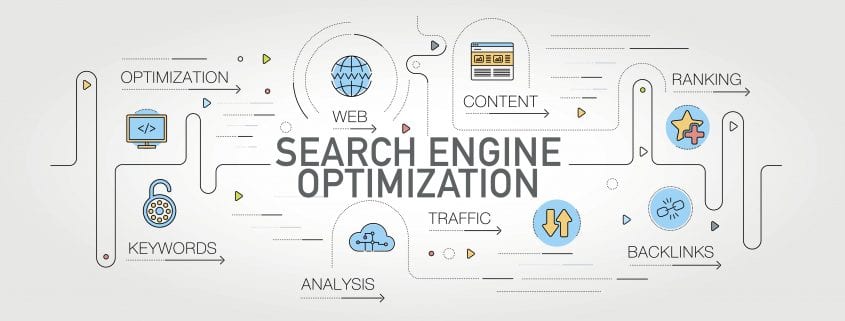



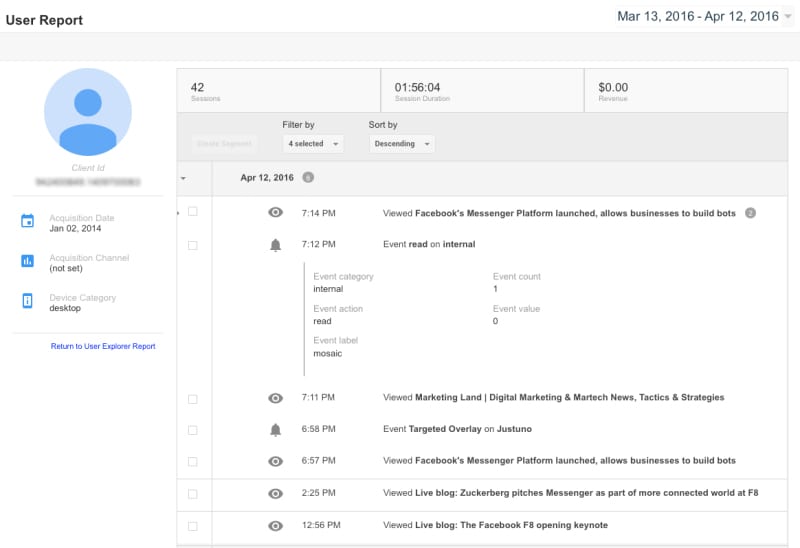
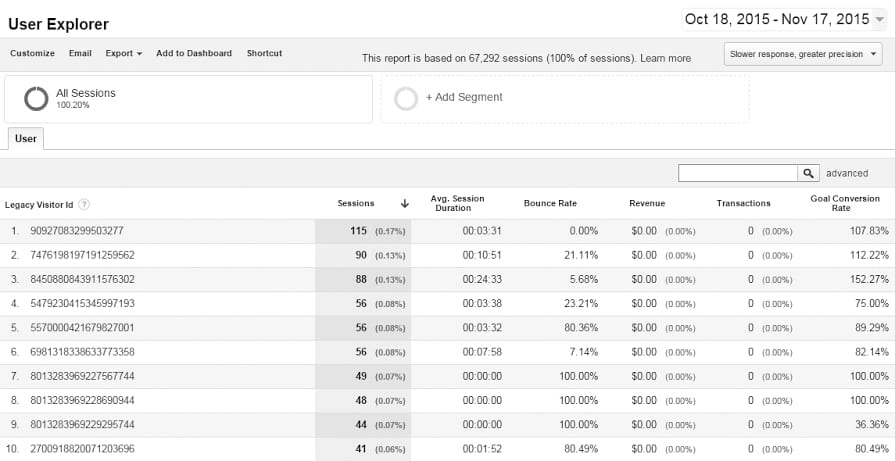
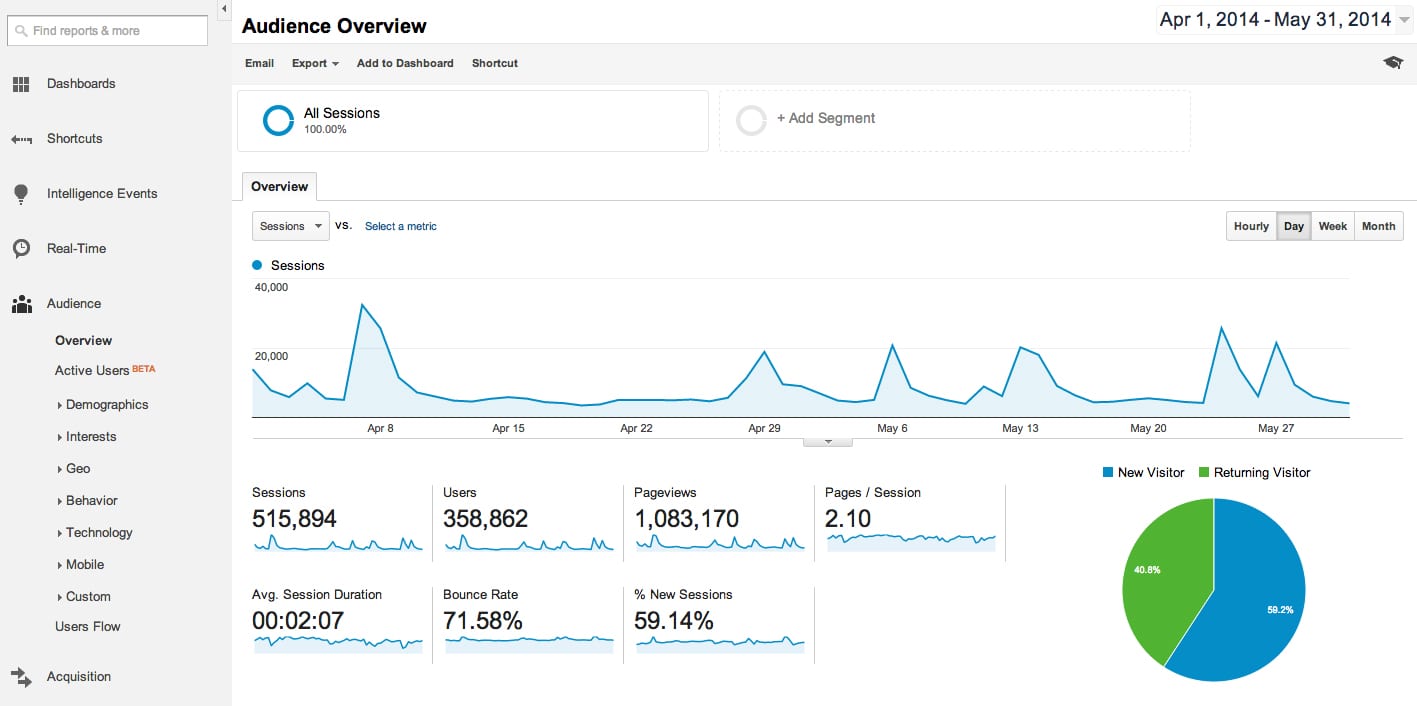
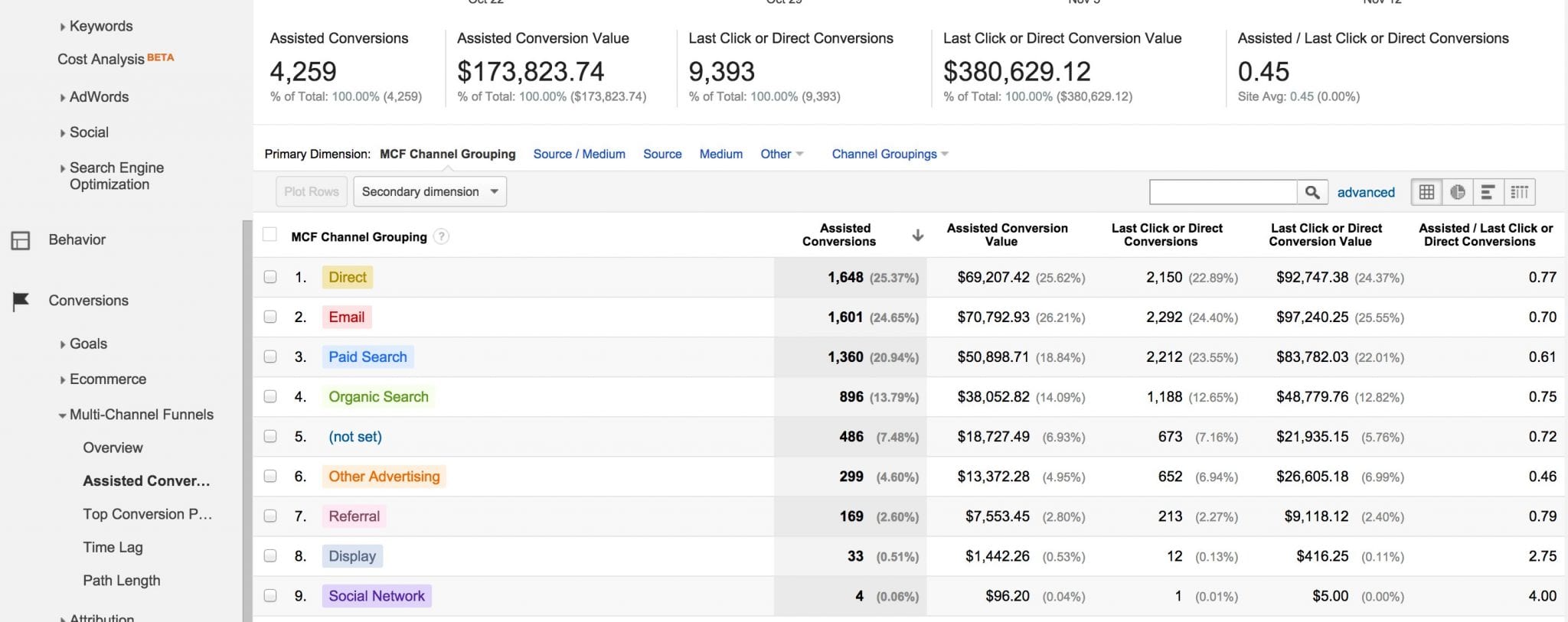





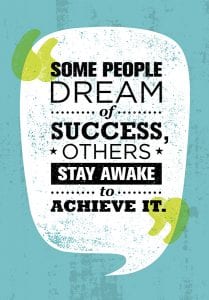




 Considering Context
Considering Context








